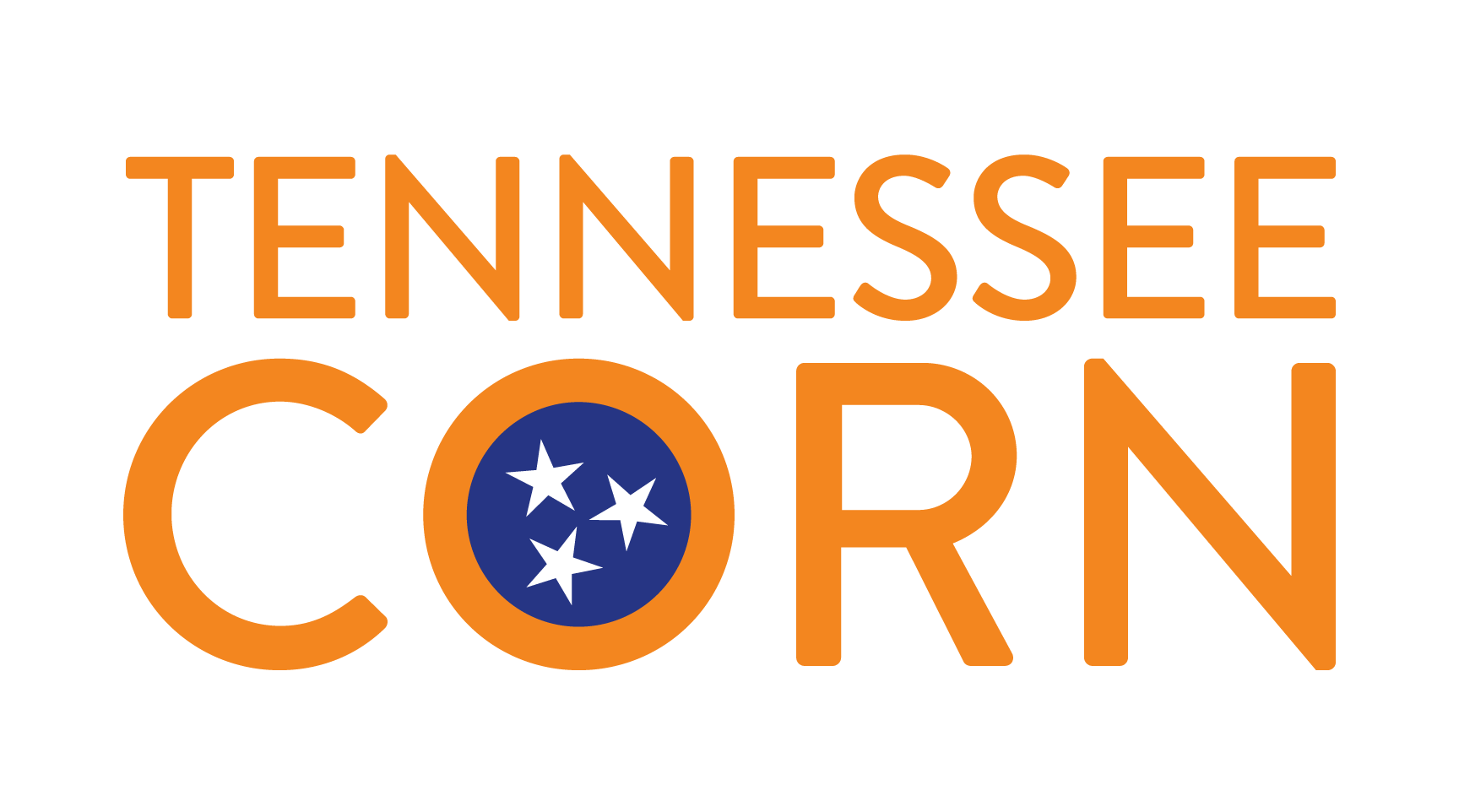Growing Demand for Higher Ethanol Blends
Nearly every gallon of gasoline in the U.S. contains at least 10 percent ethanol derived from corn. Each year, roughly 30 percent of field corn goes into fuel ethanol. And studies have shown that corn-based ethanol produces 39 percent less greenhouse gas (GHG) emissions than conventional gasoline.
Music to corn growers' ears (pun intended).
Corn Ethanol = A Clean Energy Source
It’s no secret that corn ethanol is uniquely positioned to play a larger role in the future of transportation fuels. Ethanol provides an affordable, abundant and renewable source of high octane, low carbon motor fuel that has helped drive a strong domestic market for corn.
The majority of ethanol used as vehicle fuel in the United States is produced domestically with the United States being the world's No. 1 ethanol producer. In the 2020/2021 marketing year, the U.S Grains Council (USGC) reported that U.S. ethanol exports totaled 1.31 billion gallons - the fifth-highest export year on record due in part to countries like Canada, India and South Korea expanding their fuel policies.
Tennessee has two facilities that convert corn into ethanol: Green Plains Incorporated in Rives and Tate and Lyle PLC in Loudon. According to the Renewable Fuels Association, these two plants annually produce 225 million gallons of ethanol, 430,000 tons of distillers grain, and purchase $431 million worth of corn.
The Next Generation Fuels Act
This chart shows the trend in total ethanol fuel production and consumption from 2000 to 2020.
In the summer of 2021, legislative action in solidifying corn ethanol as the alternative fuel of America took a strong step forward with the reintroduction of the Next Generation Fuels Act, HR 5089. This bill would require fuels and vehicles to use higher levels of clean, low carbon octane by 2031.
Ethanol Fuel Dispenser Availability
More recently, the National Corn Growers Association (NCGA) has been focused on creating ways to increase sales of higher ethanol blends by building out the infrastructure necessary to facilitate its expansion through checkoff investments. Released in their 2021 Annual Report, NCGA’s efforts have yielded over 75,000 fuel dispensers across the country that can deliver ethanol blends of up to 25%.
The most common blend of ethanol is E10 (10% ethanol, 90% gasoline). E15 is another blend approved for use in model year 2001 and newer conventional gas vehicles. However, ethanol is also available as E85 (or flex fuel) - a high-level blend containing 51% to 83% ethanol, depending on geography and season.
According to the Alternative Fuels Data Center, there are more than 3,900 public E85 stations in 42 states that offer high-level ethanol blends. To find E85 stations in Tennessee, check out the Alternative Fueling Stations Locator.
One of Many
As a low-carbon, clean energy source and an affordable, homegrown fuel, ethanol serves as a critical pathway for agriculture to contribute to a sustainable future. Corn ethanol is just one of the many expanding industries valuable to Tennessee corn growers.

